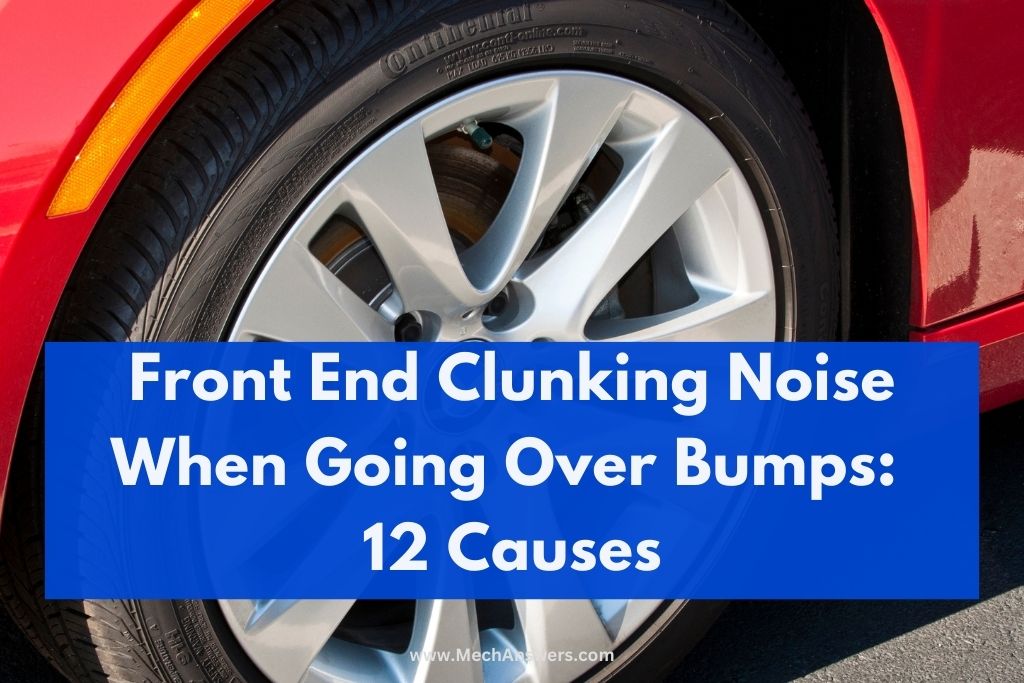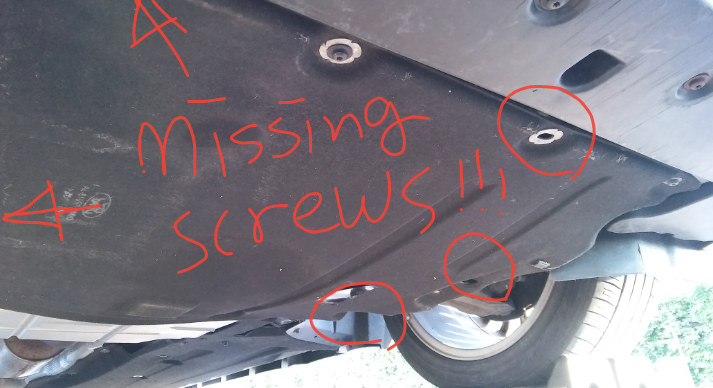Low battery
Battery level is below 20%. Connect charger soon.
Ford Focus Front End Noise Over Bumps – Causes and Quick Fixes
Is your Ford Focus serenading you with a symphony of clunks, rattles, and thumps every time you navigate a less-than-perfect road? That unsettling front-end noise over bumps is a common complaint, and while it can be frustrating, it’s often indicative of a specific issue that can be diagnosed and, in many cases, addressed with a relatively straightforward fix. This article will delve into the most common causes of front-end noise in Ford Focus models, providing you with information to understand the problem and explore potential solutions.
Common Culprits: Diagnosing the Front End Noise
The front suspension of your Ford Focus is a complex system, and numerous components can contribute to those unwelcome noises. Pinpointing the exact source requires a little detective work, but we’ll break down the most prevalent causes:
Suspension Components: These are the usual suspects when it comes to front-end noise.
- Struts/Shocks: Worn struts or shocks can lose their damping ability, leading to clunking or rattling over bumps. Leaks, rust, and physical damage are common indicators.
- Sway Bar Links (End Links): These links connect the sway bar to the suspension. They are prone to wear and tear, and when they fail, they often produce a clunking or rattling sound, especially during turns or over uneven surfaces.
- Sway Bar Bushings: Bushings are rubber or polyurethane components that allow the sway bar to move freely. Worn or dry-rotted bushings can cause a clunking or squeaking noise.
- Control Arm Bushings: These bushings connect the control arms to the chassis. They absorb road impacts. Wear and tear can result in a clunking or rattling sound, particularly over bumps.
- Ball Joints: Ball joints allow for steering and suspension movement. Wear in these joints can cause a clunking noise when the suspension is compressed, like over a bump.
Steering System: Issues within the steering system can also contribute to front-end noise.
- Tie Rod Ends: These connect the steering rack to the wheels. Worn tie rod ends can produce a clunking or popping sound, especially when turning or going over bumps.
- Steering Rack: The steering rack itself can develop internal wear, leading to clunking or rattling noises. This is less common than other issues, but can occur.
Other Potential Sources:
- Loose Components: Sometimes, it’s as simple as a loose bolt or nut in the suspension or steering system.
- Brake Components: While less common, a loose brake caliper or worn brake pads can sometimes produce noise over bumps.
- Wheel Bearings: A failing wheel bearing can produce a humming or grinding noise that may be more noticeable when turning or driving at higher speeds.
Quick Fixes and Troubleshooting Tips
While a professional diagnosis is always recommended, here are some quick checks you can perform to help narrow down the source of the noise and potentially implement a temporary fix:
- Visual Inspection:
- Examine the Struts/Shocks: Look for any signs of leaks, rust, or physical damage.
- Check the Sway Bar Links: Inspect the links for any play or damage. Try to wiggle them by hand.
- Inspect the Sway Bar Bushings: Look for cracks, wear, or dryness in the bushings.
- Examine the Control Arm Bushings: Look for cracks, tears, or excessive play.
- Check the Tie Rod Ends: Wiggle the tie rod ends by hand and check for play.
- Listen Closely:
- Identify the Type of Noise: Is it a clunk, a rattle, a squeak, or a thud? This can help narrow down the potential causes.
- Note When the Noise Occurs: Does it happen only over bumps, during turns, or at certain speeds?
- Try Rocking the Car: Push down firmly on the front of the car and see if you can reproduce the noise.
- Simple Tightening:
- Check for Loose Bolts: Use a wrench to check for loose bolts on the suspension and steering components. Be careful not to overtighten.
Important Note: If you are not comfortable working on vehicles, it is always best to consult a qualified mechanic. Attempting repairs without the proper knowledge and tools can be dangerous and could worsen the problem.
Getting Professional Help: When to Visit a Mechanic
If your visual inspection doesn’t reveal the issue or if you’re unsure about making repairs, it’s time to visit a trusted mechanic. They can perform a more thorough diagnosis, including:
- Road Test: The mechanic will drive the car to listen for the noise and observe its behavior.
- Suspension Inspection: A thorough inspection of all suspension components, including sway bar links, bushings, control arms, and ball joints.
- Steering System Check: An inspection of the steering rack, tie rod ends, and other steering components.
- Wheel Bearing Check: The mechanic can check the wheel bearings for play or noise.
Conclusion: Addressing the Noise and Ensuring a Smooth Ride
Front-end noise in your Ford Focus can be a nuisance, but understanding the potential causes and employing basic troubleshooting steps can help you identify the problem and initiate the repair process. Whether you are able to perform a quick fix or require professional assistance, addressing the issue promptly will not only restore a quieter ride but also maintain the safety and performance of your vehicle. Don’t ignore those sounds; they are often a sign that something needs attention.
Frequently Asked Questions (FAQs)
- What is the most common cause of front-end noise in a Ford Focus?
- Worn sway bar links or struts are some of the most common culprits.
- Can I drive my Ford Focus if it’s making noise over bumps?
- While it’s generally safe to drive, the noise indicates a problem that could worsen over time. It’s best to have the issue diagnosed and repaired as soon as possible.
- How much does it cost to fix front-end noise in a Ford Focus?
- The cost varies depending on the cause and the parts needed. Replacing sway bar links might cost a few hundred dollars, while replacing struts or ball joints could be more expensive. Get a quote from a trusted mechanic.
- How often should I have my suspension inspected?
- It’s a good idea to have your suspension inspected at least once a year or every 12,000 miles, especially if you drive on rough roads.
- What are some signs of worn struts or shocks?
- Besides the clunking noise, you might notice excessive bouncing after hitting a bump, uneven tire wear, or a feeling of instability when driving.




